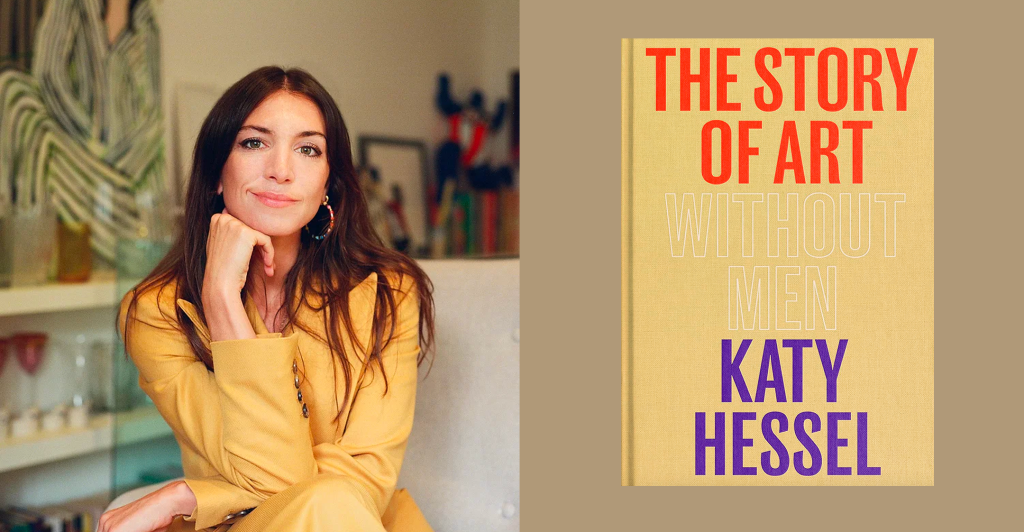Katy Hessel’s journey began with a revelation about the underrepresentation of female artists, leading her to create an Instagram account, launch a podcast, and publish a book aimed at reshaping the art historical canon.
In 2015, art history student Katy Hessel found herself struck by the revelation that she could only name 20 female artists amidst the vast expanse of art history. This realisation ignited a passion within her to delve deeper into the contributions of women in art, an endeavour that would come to define her career.
Hessel’s journey began with the creation of an Instagram account, @greatwomenartists, where she committed to writing daily posts about female artists spanning from ancient history to contemporary times. Her mission was to spotlight the often underrepresented and undervalued contributions of women within the art world.
By 2019, Hessel had expanded her initiative into the realm of podcasts, launching “Great Women Artists” with the aim of demystifying art and combating its perceived elitism. Through interviews and discussions, the podcast sought to bring the stories and achievements of female artists to a broader audience, further cementing her commitment to reshaping the discourse around women in art.
The culmination of Hessel’s efforts is published in a book titled “The History of Art Without Men,” which serves as a richly illustrated manifestation of her ongoing mission to dismantle and reframe the traditional art historical canon. The volume is a testament to her dedication over the years and provides an accessible yet scholarly exploration of the significant roles women have played in the development of art across generations.
By focusing on this narrative, Hessel continues to engage in the wider process of “deconstructing the canon” of art history—a dialogue she asserts is still ongoing. Through her various platforms, Katy Hessel has contributed significantly to the recognition and celebration of female artists, fostering a new appreciation for their work and inspiring a broader understanding and inclusion in the annals of art history.
Source: Noah Wire Services





